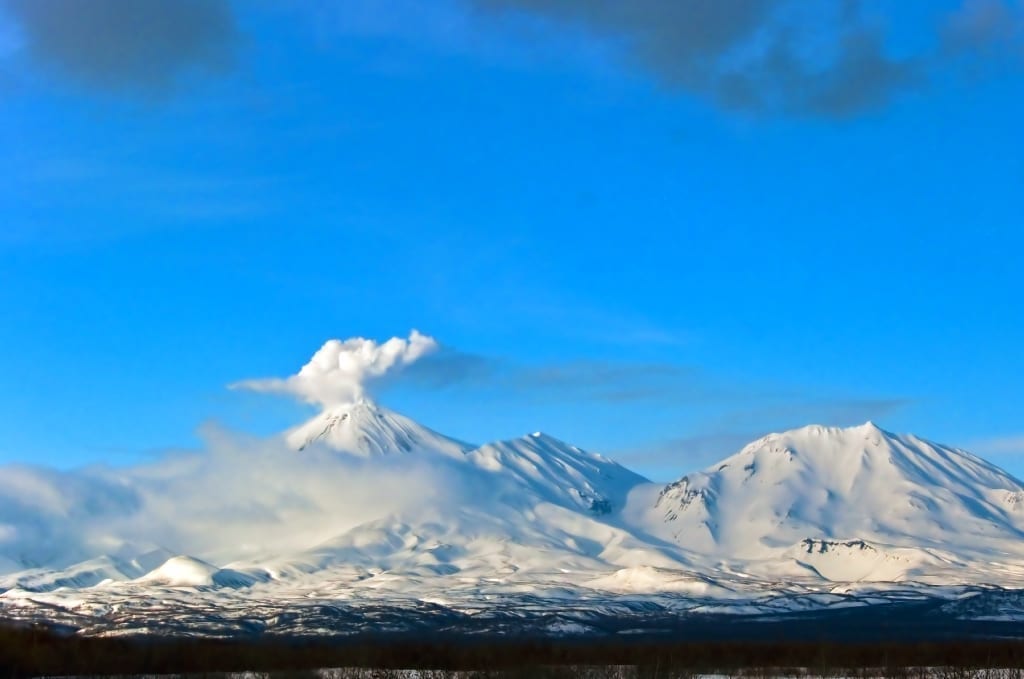“Bubbles” in Magma May be Early Warning Sign of Volcanic Eruptions
Volcanoes erupt all the time – but determining when that’s going to happen is anything but an exact science. However, a new study published in Nature Geoscience describes what a team of researchers from the University of Oxford and the University of Durham believe may be responsible for triggering the most dangerous and unpredictable eruptions.
The team attempted to identify geological markers within Campi Flegrei, a caldera, or “cauldron-like” volcano, located on the outskirts of Naples, Italy. What they discovered were “several flourine, chlorine and water inclusions (“bubbles”) within several common minerals produced during an explosive 4,000-year-old eruption,” popular science site IFLScience reports. “These bubles, formed at various stages of the magma’s chemical evolution, are “frozen” into place within these minerals when they form. As such, they act as time capsules.”
“Our findings suggest that, rather than seismic activity and ground deformation, a better sign of impending eruption might be a change in the composition of gases emitted at the Earth’s surface,” lead author Mike Stock, from the Department of Earth Sciences at the University of Oxford said. “When the magma forms bubbles, the composition of gas at the surface should change, potentially providing an early warning sign.”
Researchers examined the composition of the crystals trapped in the aforementioned “time capsules” and were able to show that the magma that eventually erupted had spent most of its lifetime in a bubble-free state, becoming gas saturated only shortly before eruption. This means that instead of what were originally thought to be the traditional indicators of an eruption, simply tracking the arrival of new batches of magma at depth is a more accurate indicator.














